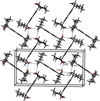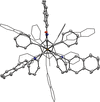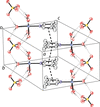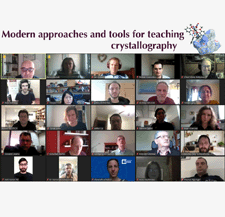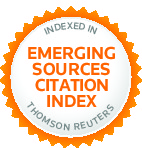issue contents
July 2023 issue

Cover illustration: In their article, Chiara Massera and John Helliwell take us on a tour of important moments in crystallography through ten seminal papers or `golden oldies' that present different fundamental concepts in our field. They reformulate the title of each paper to emphasize the importance of that concept and how it is perceived and applied today. They also include a short biographical sketch on the authors, which helps us to get a broader perspective of the people behind those papers. We may have our own list of `golden oldies', or we may decide we need more than ten. In any case, Massera and Helliwell's contribution will be a necessary reference to all crystallographers, especially those who follow the history of crystallography and those who put their best effort in teaching the new generations. We would certainly welcome more papers like this. See: Massera & Helliwell [Acta Cryst. (2023). E78, 580–591].
modern approaches and tools for teaching crystallography
research communications





































 journal menu
journal menu















